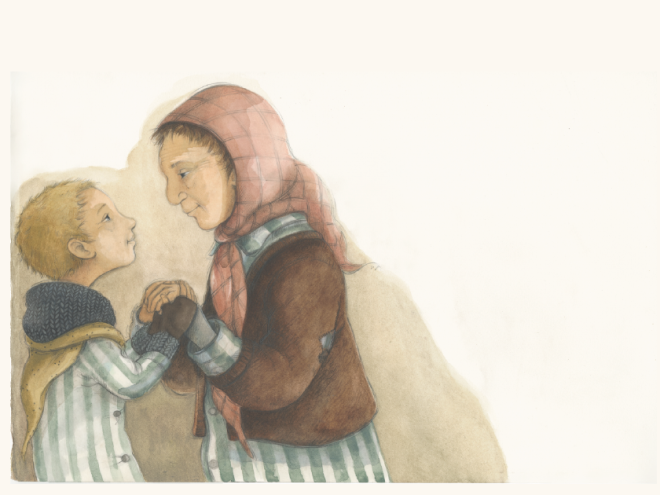By
– January 10, 2012
How do you tell children whatit’s like to live in Nazi Germany in 1939 and, subsequently, show their escapeto Cuba via a luxury ship? By having the children tell the story. The author uses this technique except when she wants to insert the opinions ofthe captain who shares what is happening in the outside world. Thesechapters are entitled, Whatthe Captain Knew. Thesetting, for the most part, is the ship, The St. Louis, carrying 937 passengers,almost all of them Jews. On the ship, the emotions range from jubilanceto fear, despair and, finally, relief when they are allowed to dock indifferent ports in Europe. The message is not sugarcoated nor is itlurid. Lisa, the daughter of an upper class family, and Sol, theson of a working class one, give us vivid descriptions. Sol’s commentthat he feels “free on the ship” and that his fears “fall away… likeso many layers of heavy clothing” gives the reader a clear picture of whathe has been facing. The captain is committed to releasing his charges tofreedom in Cuba and, when unable to, works with negotiators to find othercountries that will accept them. The author includes photographs of thepeople and activities that take place on board, as well as letters which pleadfor the release of the refugees. Additionally, in the epilogue, we seepictures and read stories about what happened later to Lisa and Sol and to someof the other passengers on the ship. This is a very well done nonfictionbook and is recommended for ages 10 – 15.
Marge Kaplan is a retired English as a Second Language teacher. She is a consultant for the children’s literature group for the Roseville, MN school system and is a storyteller of Jewish tales.





